Why Pie Crust Recipes Don’t Give Exact Amounts of Water
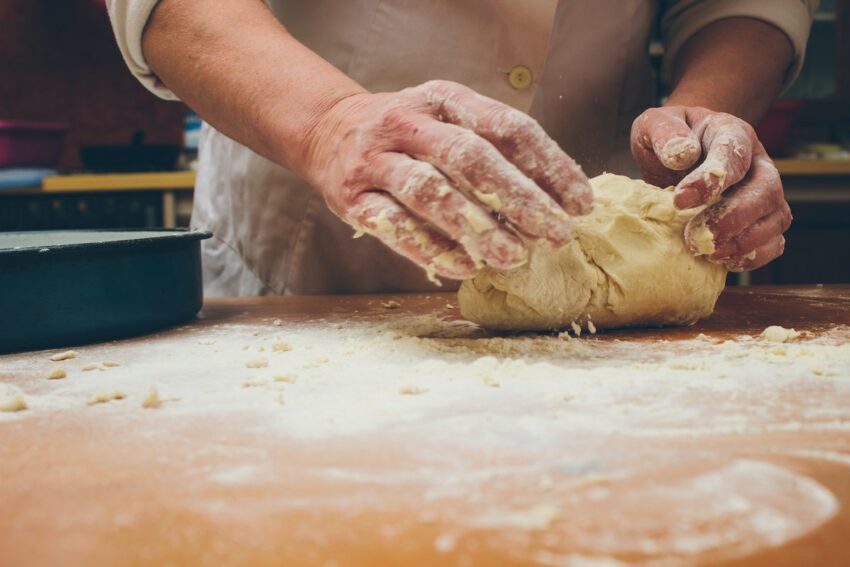
When it comes to making a pie crust, water is one of the most important ingredients. If that’s the case, why don’t pie recipes give exact amounts of water to use in the making of the crust? It makes it really confusing for home bakers who are used to following recipes closely. So, let’s look at why pie recipes don’t give exact amounts of water.
The exact amount of water to use in the making of pie crust is often not specified in recipes because it can vary depending on the type and quality of flour being used, the temperature and humidity of the kitchen, and even the altitude. Since the amount of water needed can vary greatly, adding water gradually and using just enough to bring the dough together is often recommended.
The Science of Pie Crust Making
The reason that pie recipes don’t give exact amounts of water to use in the making of the crust is because of the science of pie crust making. Many factors can affect the amount of water needed in a pie crust, such as the type of flour being used, the humidity levels in the kitchen, and even the temperature of the ingredients.
Types of Flour That Need More Water
Different flours have varying levels of protein and gluten, which can impact the amount of moisture they absorb. For example, all-purpose flour typically has a moderate protein content and is able to absorb a moderate amount of water. This makes it a good choice for most pie crusts, as it allows the crust to hold together well without becoming tough.
On the other hand, pastry flour, which is made from a blend of soft wheat varieties and milled from the inner part of the wheat kernel, is softer and has less protein than all-purpose or bread flour. This means that pastry flour absorbs less water, resulting in a finer texture and less gluten development, making it ideal for delicate pastries and pie crusts that need to maintain their flaky texture.
The amount of water needed can vary even more widely when using gluten-free flour. Gluten-free flours often have a different texture and absorbency than wheat flour, and some may need more or less water to achieve the desired consistency. Additionally, some gluten-free flours may also contain starch or gums, which can impact the amount of water they absorb.
The Art of Pie Crust Making
Another reason pie recipes don’t give exact amounts of water to use when making the crust is because of the art of pie crust making. Every baker has their own unique touch and style, and the amount of water they use will reflect that. Some bakers prefer a drier, crumbly pie crust, while others prefer a more tender, flaky crust. So, it’s often a matter of personal preference and the experience of the baker.
The Importance of Consistency
Despite the lack of exact measurements in pie recipes, consistency is still key when it comes to making the perfect pie crust. To ensure that your pie crust comes out perfectly every time, it’s important to use the same type of flour and accurately measure your ingredients. It’s also important to use cold ingredients and add the water gradually so that you can adjust the amount needed to achieve the desired consistency.
Final Thoughts
Although pie recipes don’t give exact amounts of water to use when making the crust, every baker has their own unique touch and style. Despite the lack of exact measurements, consistency is still key when it comes to making the perfect pie crust. By using the same type of flour, measuring your ingredients accurately, using cold ingredients, and adding the water gradually, you can achieve the desired consistency and make a delicious pie crust every time!
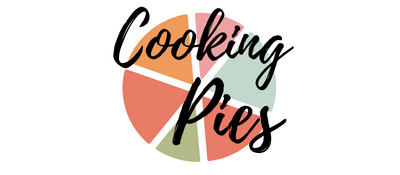
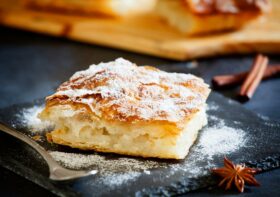
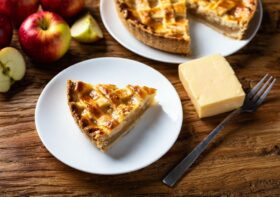
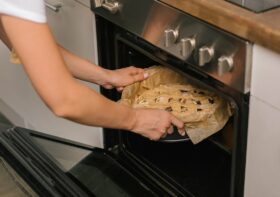
Leave a Reply